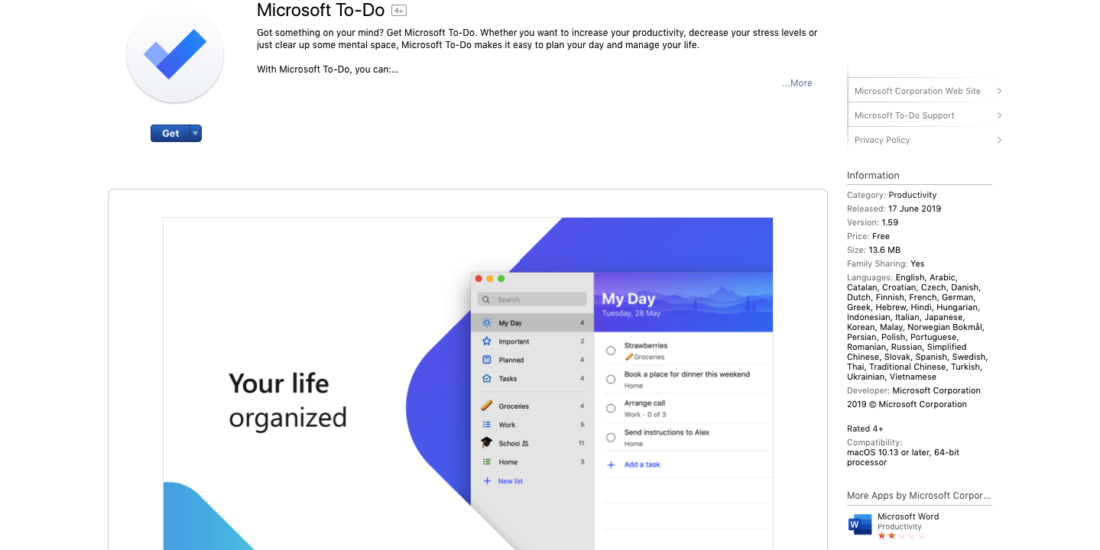
Microsoft to Place Data Centres at the Bottom of Oceans
When it comes to computing, there are very few companies that can do it better than Microsoft. From servers to the needed software, Microsoft provides it with all. But seems that Microsoft wants to make a difference.
And according to the company, that would mean submerging the servers underwater.
Microsoft has just begun the second phase of Project Natick. Project Natick is a research experiment that is aimed at understanding the various benefits of deploying large-scale data centers under water and also overcoming those challenges too.
Though dropping a tank full of servers under the ocean might sound like a very bad idea, there are also various benefits that motivated the company to go ahead with the plan.
The second phase of this Project involves placing the servers underneath the ocean which is off the coast of the Orkney islands. Microsoft has always been careful of placing data centers close to major population centers. And a vast majority of people live close to this ocean.
Benefits

But why the ocean? Well, companies like Microsoft spend a ton caring and maintaining servers. And a huge chunk of the expenditure goes behind cooling servers. When one has an ocean to cool down servers, why spend the extra buck in doing it yourself? And Microsoft receives brownie points for doing this in the process.
This idea originated from a Microsoft employee who worked on a U.S Navy submarine. He knew about this technology, and thus the company decided to give it a go. Phase one was launched back in 2013 when a small pressure vessel with a few servers was dropped into the Pacific Ocean.
The project went out very well. But the most surprising part is that this project had no impact on the sea life. For one, the water was not heated excessively due to the servers, and the servers didn’t make much of noise too. Local sea life colonized the area around the servers, and still, no damage was made.
Once the vessel is dropped into the ocean, zero maintenance can be made. So, what if something goes wrong?
Well, you would have to accept that and wait for a while, even years, to retrieve the vessel and refurbish it again.
Since no maintenance can be made, the team had decided to fill the atmosphere of the vessel with nitrogen to prevent corrosion. And also for Microsoft to compare how well the vessel does, they also maintained a similar vessel on land
Thought

Though this is a new idea, this is far from a cutting-edge technology. No new devices are used, nor new technology. But that is the whole idea of this project. Using a conventional technology, and cutting costs and the effect on nature by using a not-so-conventional method.
Another point that Microsoft is making is that soon there might be a future where factories prefabricate these vessels, and they can be shipped and used anywhere in the world instead of being tied down to a single place. Microsoft has also done that as the vessel was fabricated in France, but was shipped to England to test this logistics chain.
Though this idea seems good, only a widespread production can prove it’s worth. And that is up to Microsoft’s Azure team. Until then, the company is resorting to the betas, and work on it until it becomes a final product for the World to use.





